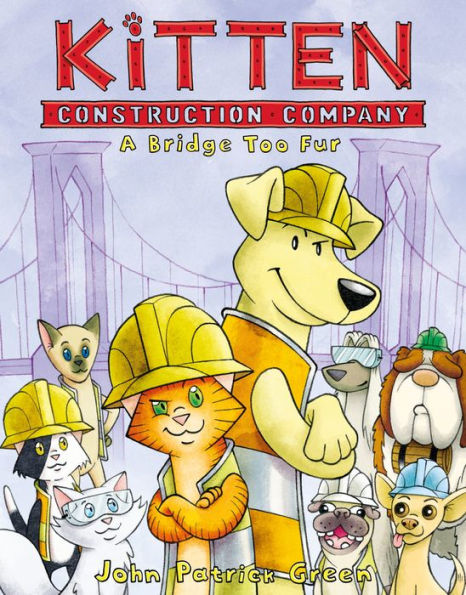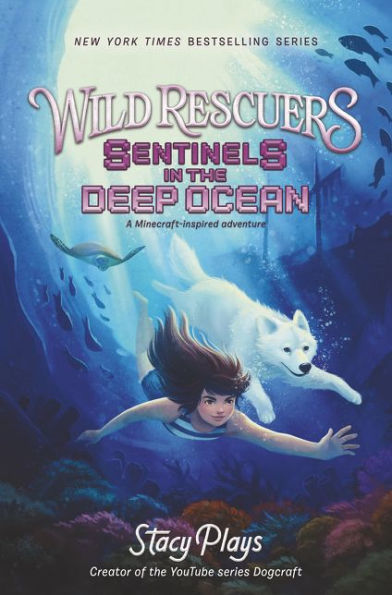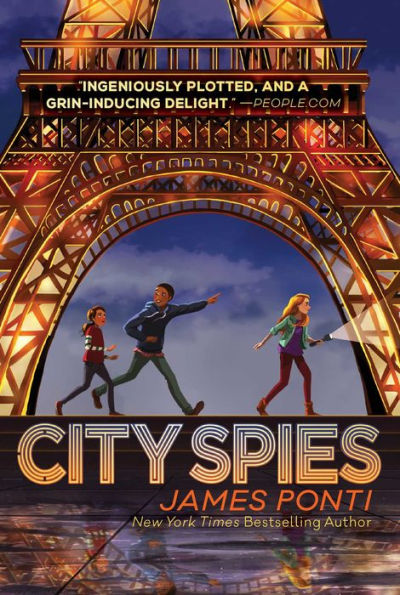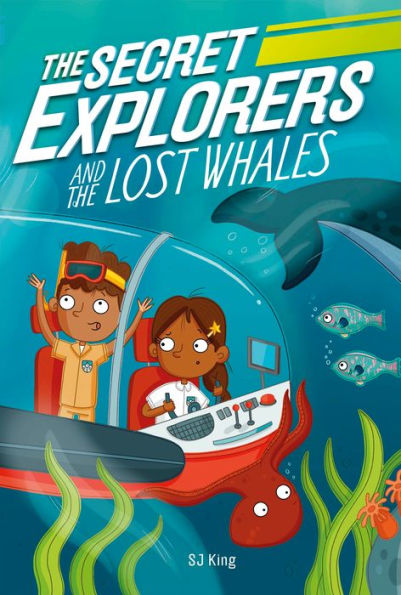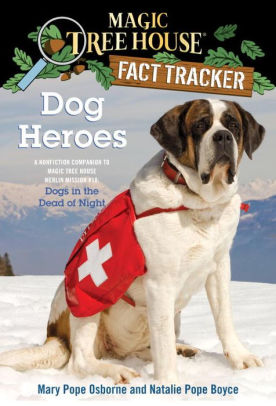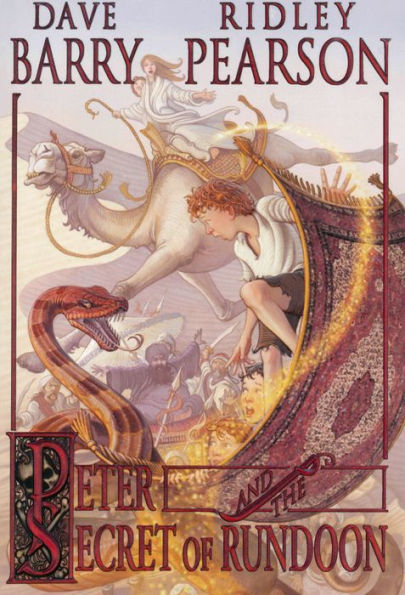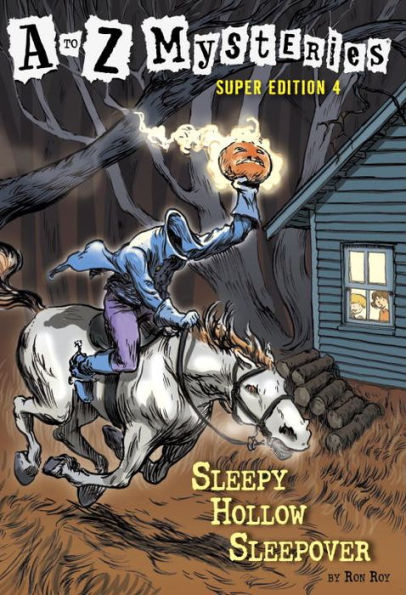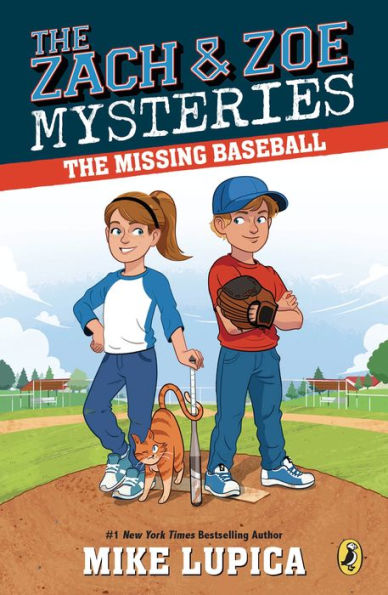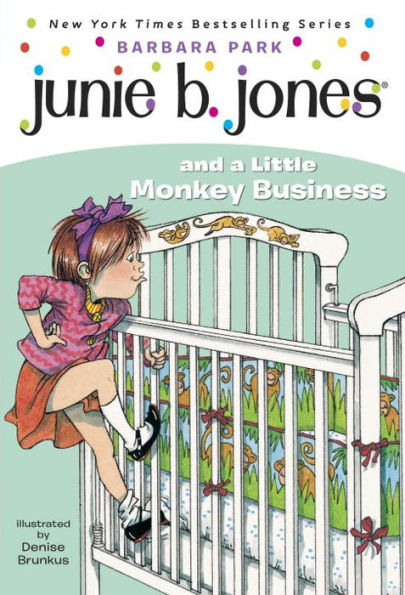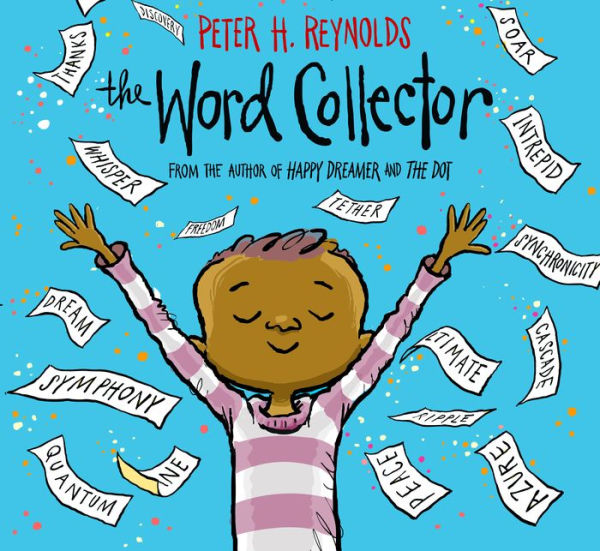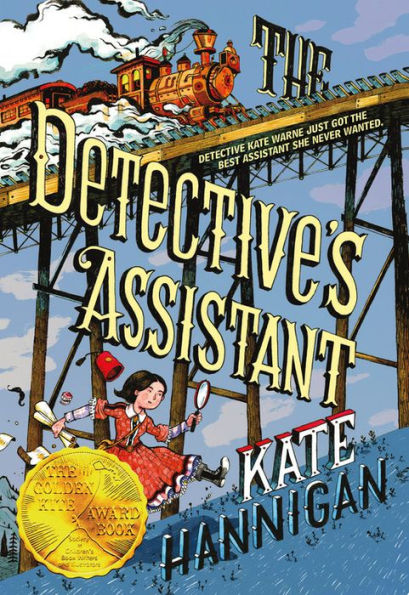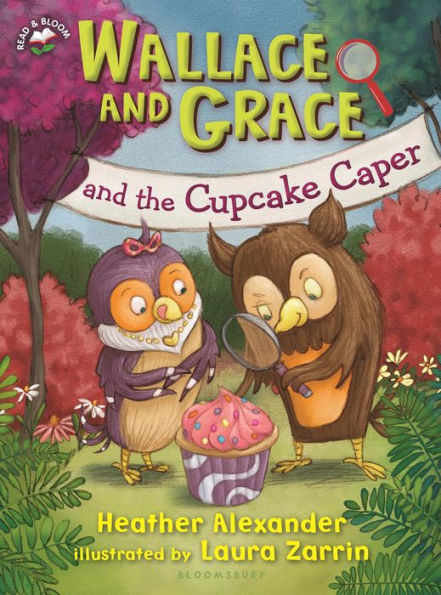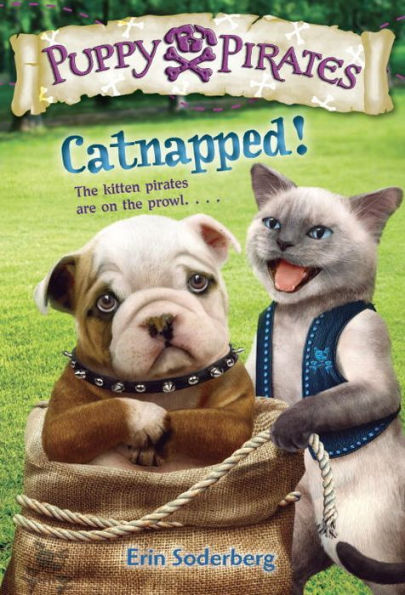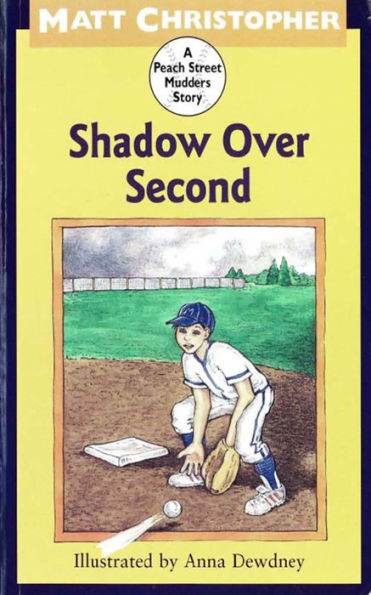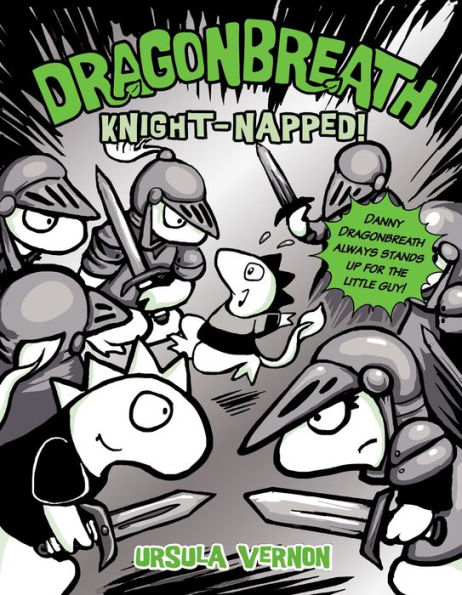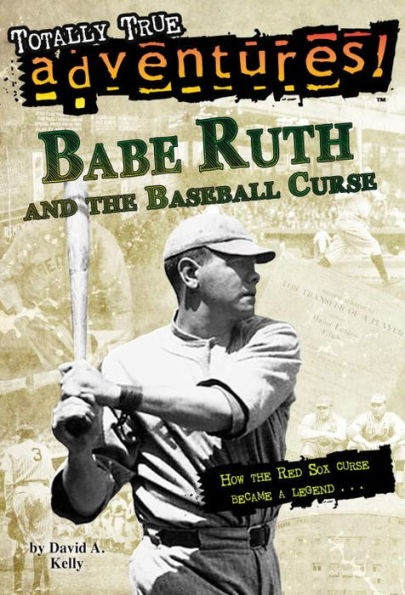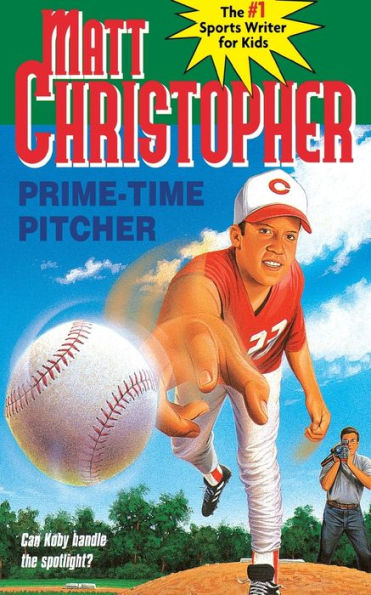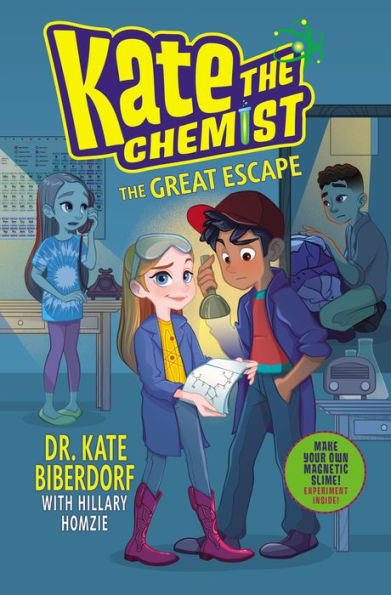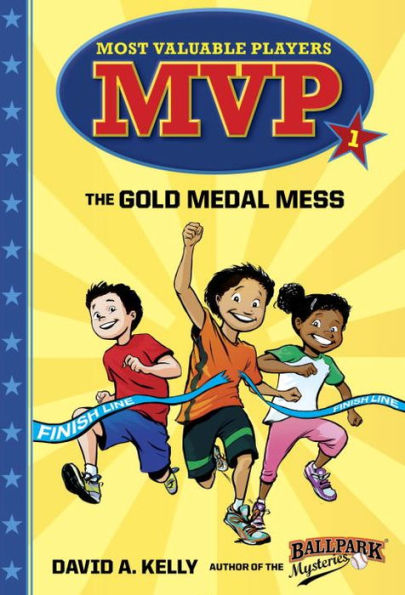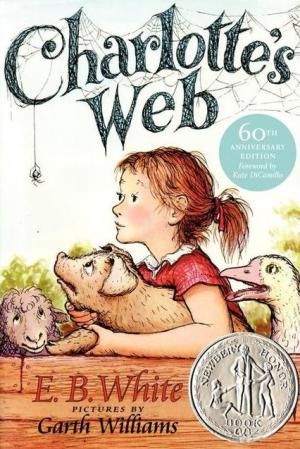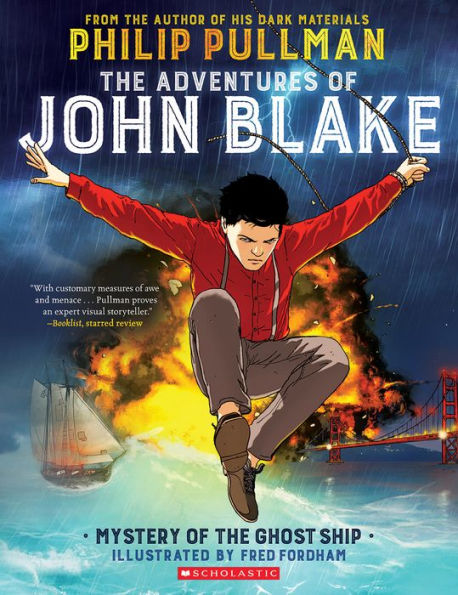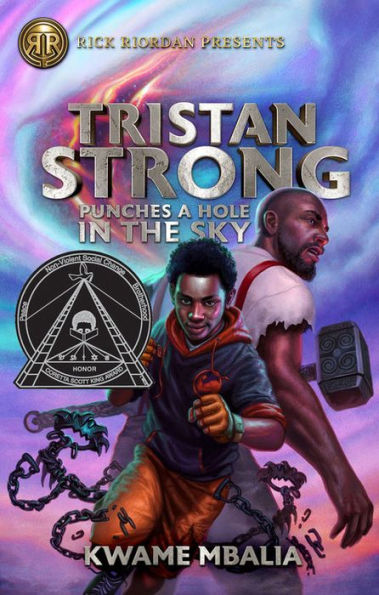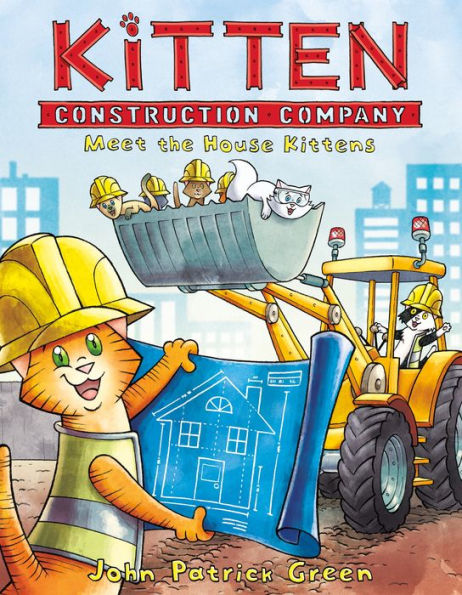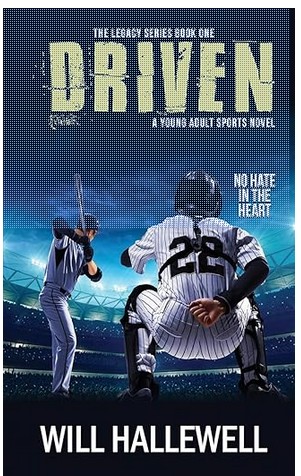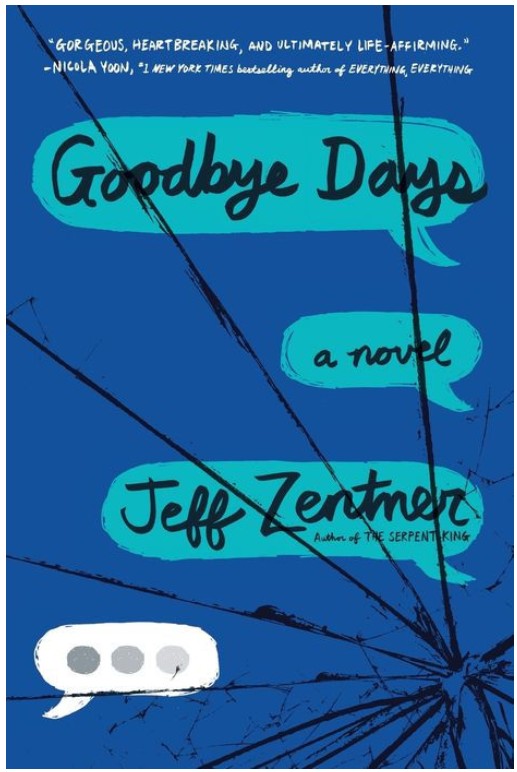When Jack and Annie got back from their adventure in Magic Tree House Merlin Mission #14: A Good Night for Ghosts, they had lots of questions. What are some of the most famous ghost stories? Why do people believe in ghosts? Do most cultures have ghost stories? What are ghost hunters? Readers discover the answers to these questions and more as Jack and Annie track the facts.
Included in the book are haunted places, different cultures’ beliefs in ghosts, and famous ghost stories. Each chapter is broken into small sections that give historical information. Almost every page has a picture or illustration. The book includes historical pictures of the people and places discussed in the text. Black and white illustrations, which are sometimes comical, show the ghosts that haunt famous places. On the side of the text, additional historical information and definitions are given. For example, “The name yurei comes from two words: yu, which means ‘dim,’ and rei, which means ‘soul.'”
At the end of the book, Jack and Annie give a list of things they would do “if we were ghosts” such as “walk through walls, glow like candles, never take a bath,” etc. The book also includes a list of natural events that could cause ghostly fears, as well as ways to research.
Each ghost story is told in a conversational tone that explains who the ghost is and how they haunt. Even though the book is all about ghosts, none of the information is told in a dramatic or scary way. The text never tries to prove or disprove the hauntings. Instead, the book keeps to the facts and lets the reader decide if they believe in ghosts or not. Even if a reader doesn’t believe in ghosts, the book gives plenty of historical information which is presented in an entertaining manner.
Whether you’re a history buff or just interested in the supernatural, Ghost presents nonfiction information in a way that will engage young readers. Readers will learn about ghosts that appear in New Orleans, the White House, Great Britain, and other famous sites. Ghost is packed full of historical information that is fun to read; it also gives information that connects to A Good Night for Ghosts, a Magic Tree House Book. Even though the content is appropriate for younger readers, they may need help with the advanced vocabulary. If you’re researching ghosts or just want a fun book to read, Ghost will allow you to explore the world of ghosts without any frightening surprises.
Sexual Content
- None
Violence
- In the mid-1800s, Joe Baldwin worked for the railroad. “Part of his job was to walk the tracks at night with a lantern to make sure the train had stopped at the right place. Joe’s head was cut off in an accident.”
- According to one man, the ghost of Marie Laveau “hit him in the nose when he was in a drug store. The victim said that her ghost asked him who she was. When he said he did not know, she gave him a good, hard punch!”
- In the 1800s, a sultan and his family were killed. “One dark and stormy night, intruders slipped in and murdered everyone. The murderers buried the sultan in a shallow grave underneath a tree in the courtyard. He is said to haunt the house where he died.”
- President Abraham Lincoln and his wife went to the theater to watch a play. “A man crept up behind him and fired a bullet into his head. Lincoln died the following day.”
- John McCullough haunts the National Theatre. “John was killed in a fight with another actor. His body was buried beneath the dirt floor in the cellar.”
- King George III and others haunt Windsor castle. “King Charles I, whose head was cut off, shows up in the library and in one of the other houses on the grounds.”
- The London Tower is haunted. “Whenever kings or queens suspected people of plotting against them, they put them in the tower. Some unlucky prisoners were hanged or had their heads chopped off.” Ann Boleyn was imprisoned in the tower. Henry VIII “ordered that her head be chopped off.”
Drugs and Alcohol
- None
Language
- None
Supernatural
- Ghost is all about different ghost citings and haunted places. Below is a list of just a few examples.
- The ancient Greeks and Romans “believed that ghosts were spirits of people who had not had a proper burial after they had died.”
- In African, “children often hear stories about friendly ghosts who are the spirits of their ancestors.”
- In India, people believe that “their bodies are haunted by ghosts.” They travel to see ghostbusters “who claim to be able to cure them of their problems.”
- Marie Laveau lived during the 1800s. She practiced voodoo and “people said she could summon up spirits and even make magic potions. . . Legend has it that Marie’s ghost appears as either a cow or a big black dog that runs through the cemetery.”
Spiritual Content
- None
